Leaked specifications for the upcoming DJI Goggles N3 reveal impressive specifications and features, including a 1080p display and compatibility with both the DJI Neo and Avata 2 drones, as shared by Jasper Ellens in a recent leak.
Display Technology Deep Dive
The N3’s 3.5-inch single screen setup isn’t just about the 1080p resolution – it’s optimized for real-world use. The 54° field of view hits a sweet spot between immersion and clarity, while the 60Hz refresh rate ensures smooth visuals. Unlike previous models, there’s no Real View support, suggesting DJI’s focused on core FPV functionality.
READ MORE: DJI GOGGLES N3 SURFACES IN FCC DATABASE: NEW DETAILS EMERGE
Transmission System Highlights
The new Q4 transmission system is particularly interesting, operating across three frequency bands:
- 2.4 GHz band with up to 30 dBm (FCC) output
- 5.1 GHz band pushing 23 dBm (CE)
- 5.8 GHz band reaching 33 dBm (FCC)
This multi-band approach helps explain those impressive range figures – up to 8.1 miles with the Avata 2.
Performance Differences
There’s a notable performance gap between drone compatibility:
- Avata 2 Integration: 60Mbps bitrate with 31ms latency
- Neo Performance: 50Mbps bitrate with 58ms latency
This suggests the Avata 2 is the preferred pairing for serious FPV pilots.
Battery Innovation
The 2450mAh battery tells only part of the story. The LiNiMnCoO2 chemical system is interesting – it’s the same type used in high-performance devices, offering good energy density and thermal stability. The 2.7-hour runtime is impressive for a unit this compact.
Smart Design Choices
The “ready to use immediately” approach with no interpupillary adjustment needed is revolutionary for FPV goggles. The ability to wear glasses underneath without special adapters removes a major barrier to entry for many potential pilots.
Storage and Recording
Supporting microSD cards up to 512GB isn’t just generous – it’s practical for long recording sessions. The H.265 codec support means better quality footage at lower bitrates, though H.264 remains available for broader compatibility.
Environmental Adaptability
The operating temperature range of 14°F to 104°F (-10°C to 40°C) shows these goggles are ready for nearly any flying condition. The charging temperature range of 41°F to 113°F suggests smart battery management to preserve longevity.
| Category | Specification |
|---|---|
| Model | TKGSM |
| Screen |
• Size: 3.5″ (single screen) • Resolution: 1920×1080 • Refresh Rate: Up to 60Hz • FOV: 54° |
| Video Features |
• Recording Format: MOV (H.264) • Playback: MP4, MOV (H.264, H.265) • Audio: AAC, PCM • Panoramic: Spherical 2D, 4K/60fps max |
| Transmission (Q4) |
Operating Frequencies: • 2.400-2.4835 GHz • 5.150-5.250 GHz • 5.725-5.850 GHz |
| Max Range |
DJI Avata 2: • 13 km (FCC) • 10 km (CE/SRRC/MIC) DJI Neo: |
| Video Bitrate |
• Avata 2: 60Mbps • Neo: 50Mbps |
| Latency |
• Avata 2: 31ms (1080p/100fps) • Neo: 58ms (1080p/60fps) |
| Storage | microSD (up to 512 GB) |
| Battery |
• Capacity: 2450 mAh • Voltage: 6.33-8.4V • Type: Li-ion (LiNiMnCoO2) • Energy: 17.28 Wh • Runtime: 2.7 hours • Charging: 5V/3A (when powered off) |
| Operating Temperature | 14°F to 104°F (-10°C to 40°C) |
| Special Features |
• No interpupillary adjustment required • Compatible with glasses • Real View not supported |
DroneXL’s Take
The DJI Goggles N3’s comprehensive specs position it as a compelling entry point into the FPV drone world. With its glasses-friendly design and compatibility with multiple DJI drones, these goggles could help democratize FPV flying for newcomers while still offering features that experienced pilots will appreciate.
What’s your take on these specifications – do they meet your FPV flying needs? Share your thoughts in the comments below.
Discover more from DroneXL.co
Subscribe to get the latest posts sent to your email.

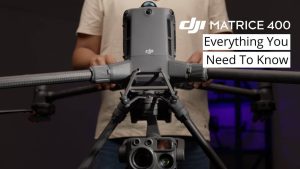
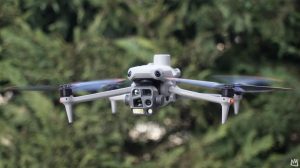
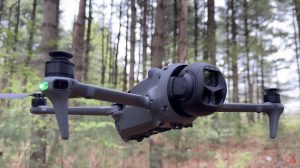
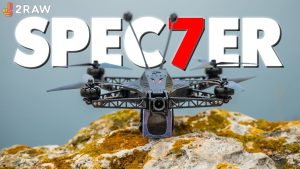

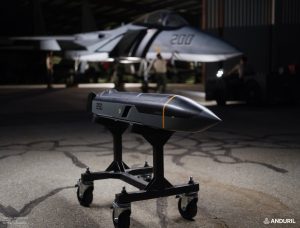
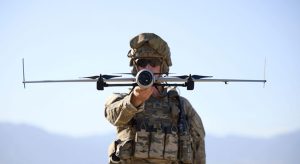
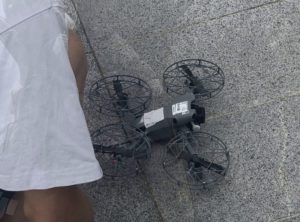
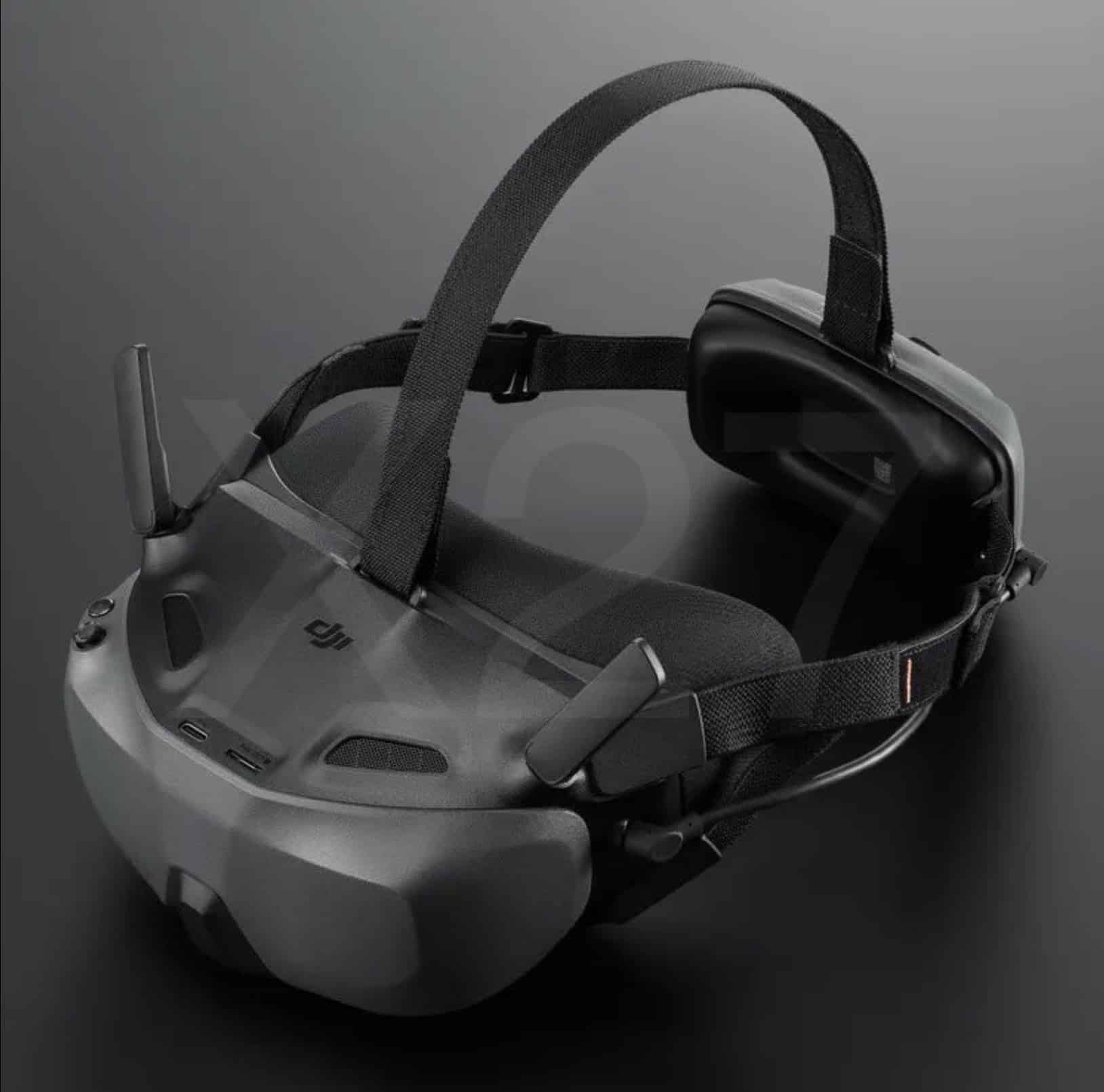
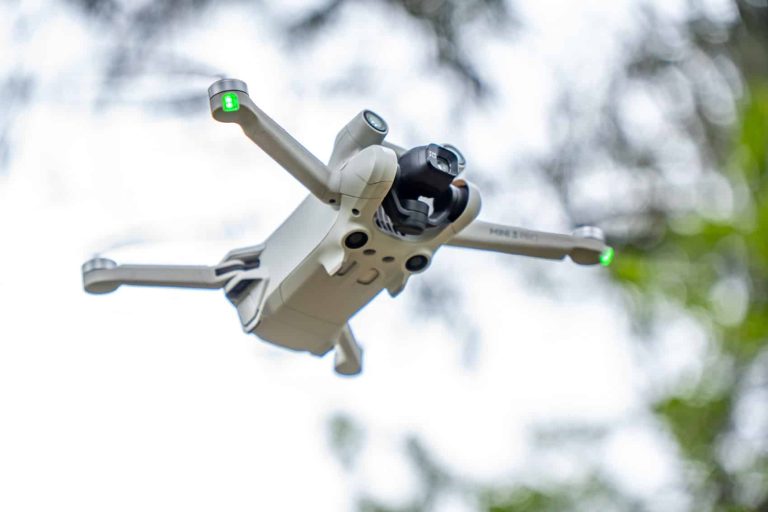
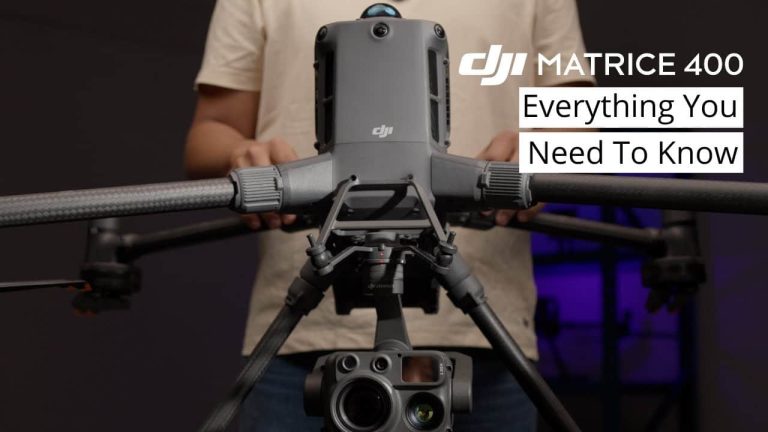
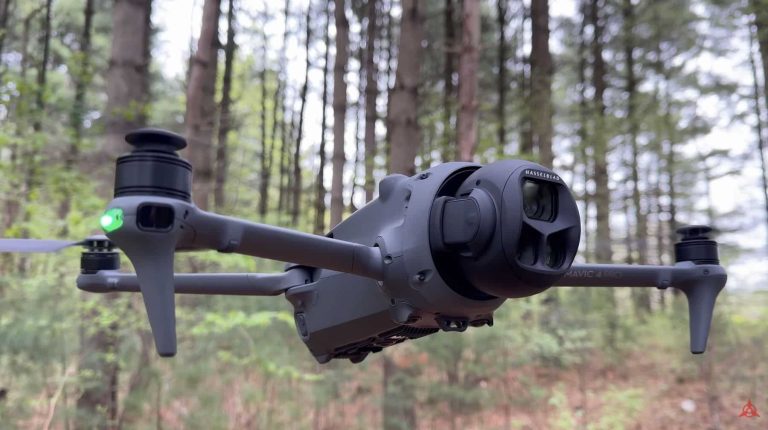

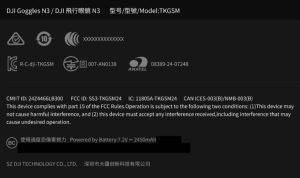
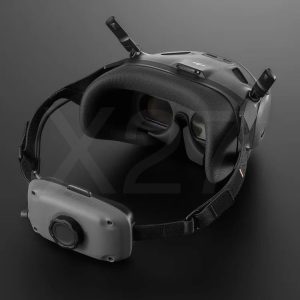
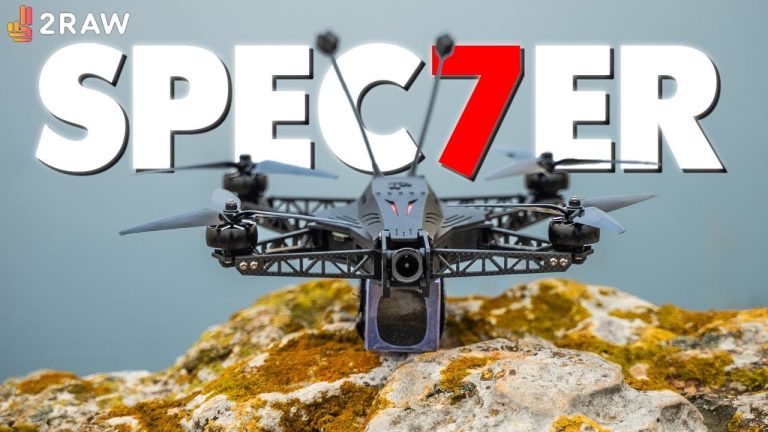
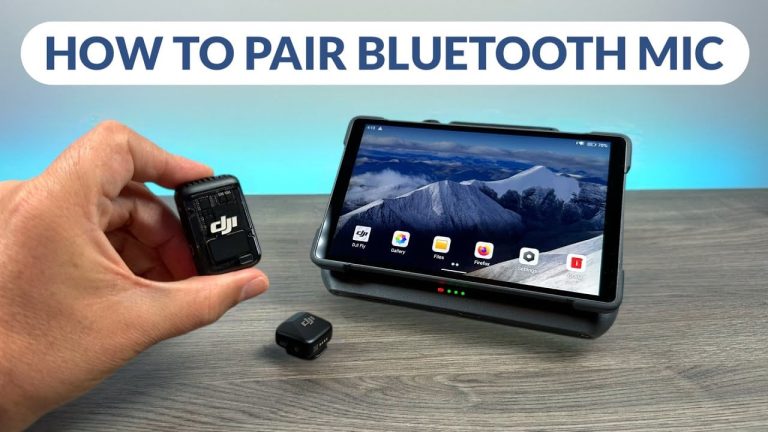
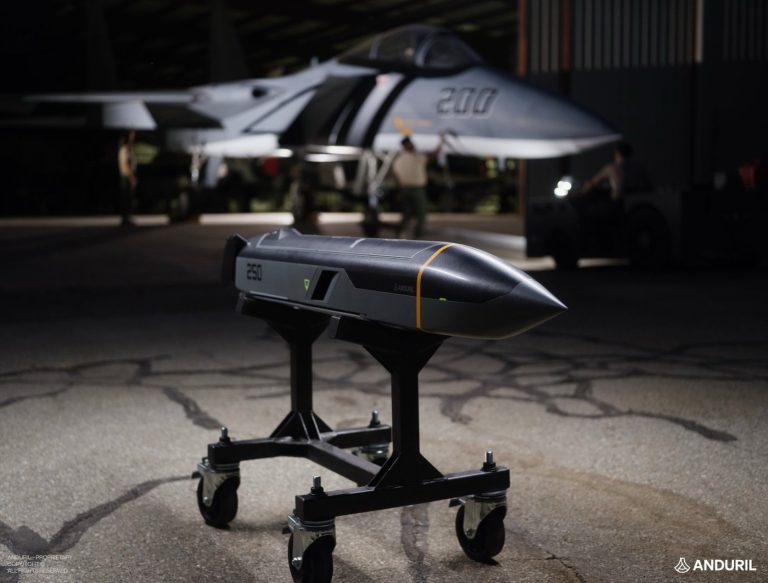
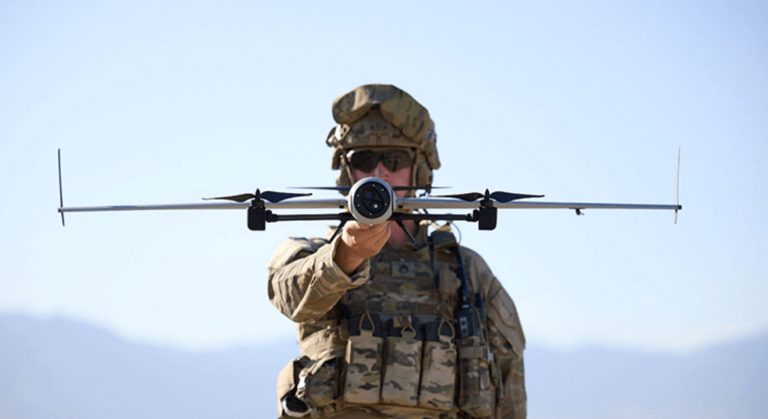
+ There are no comments
Add yours